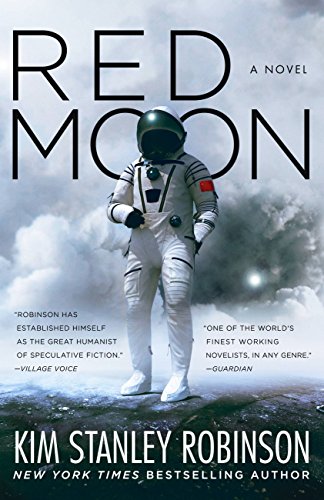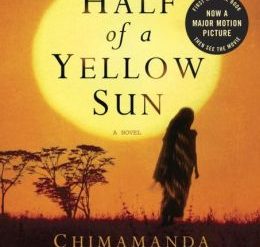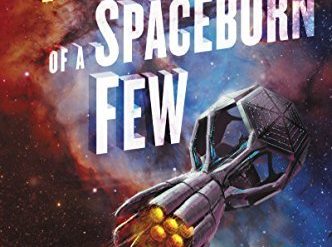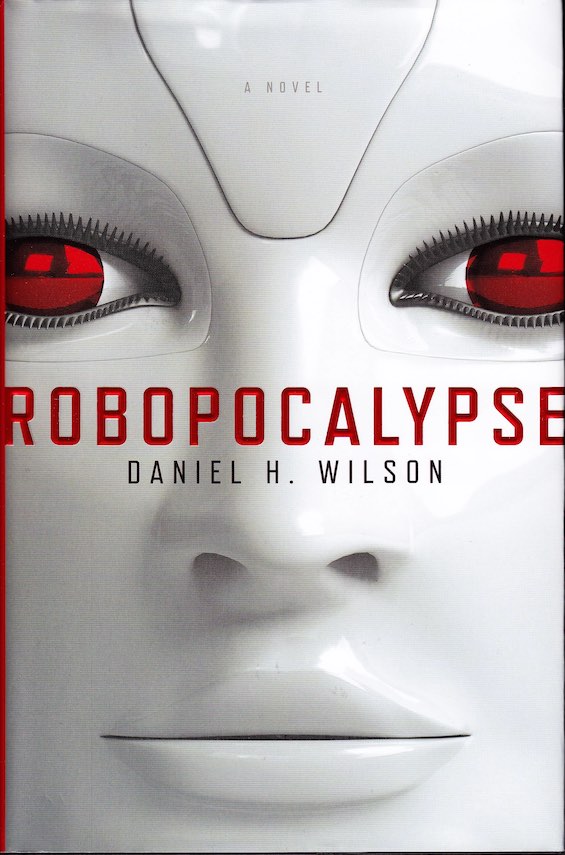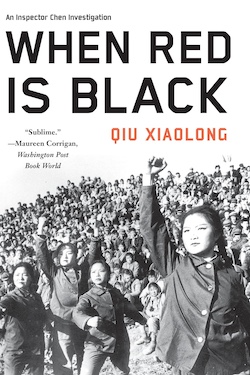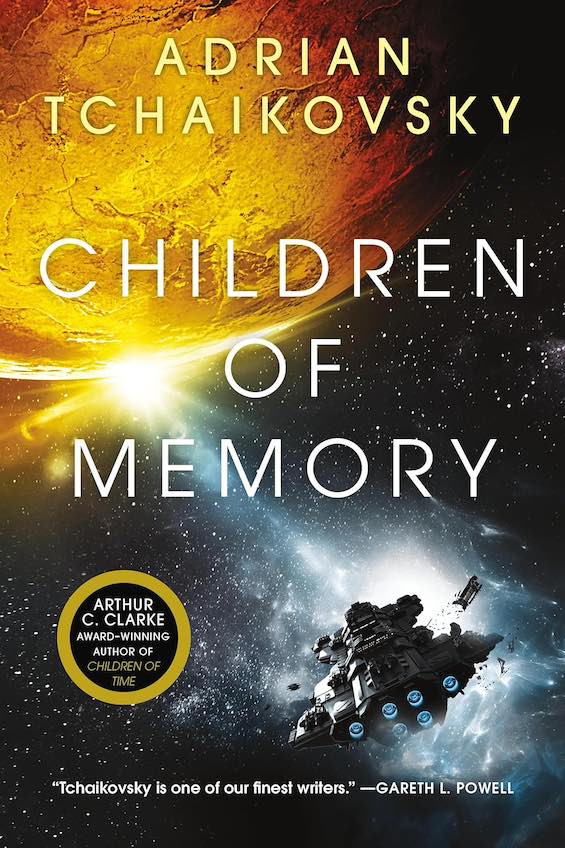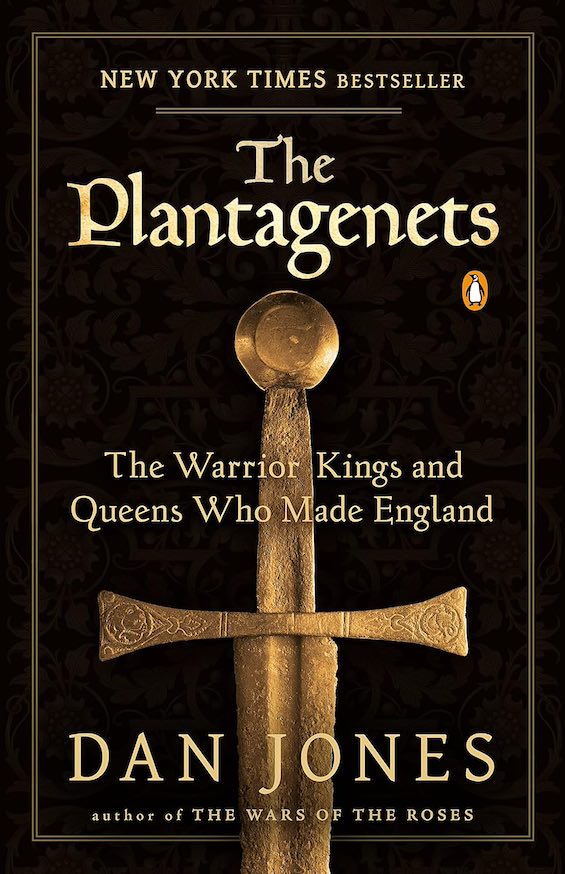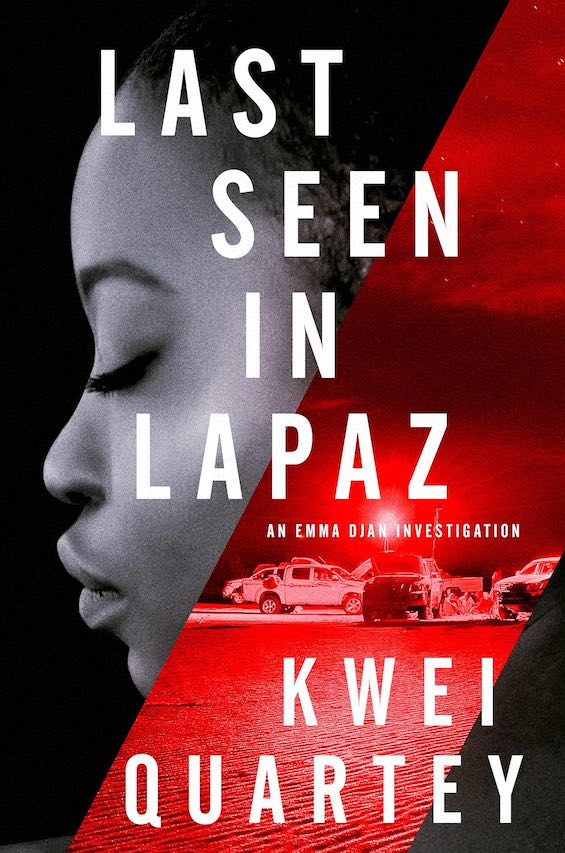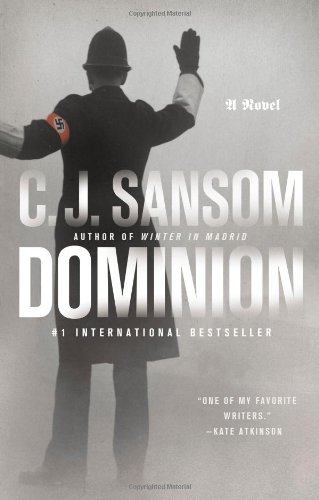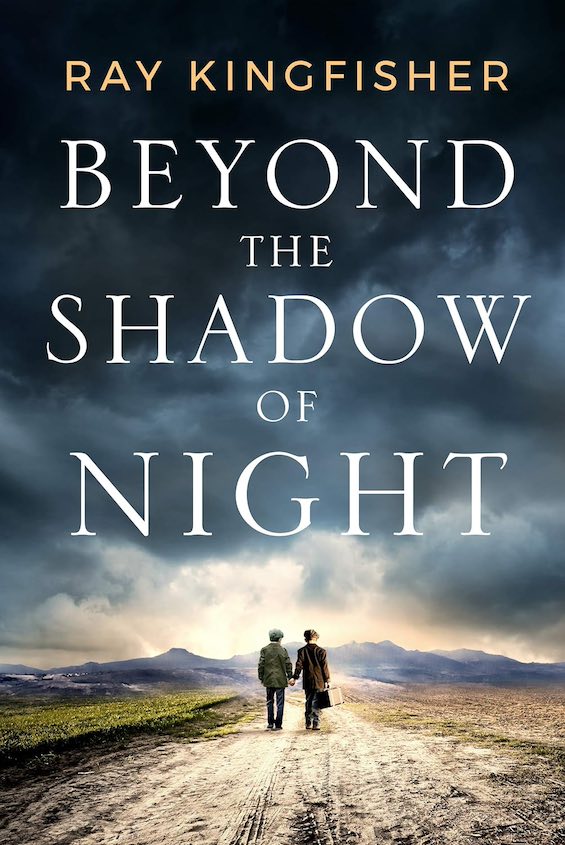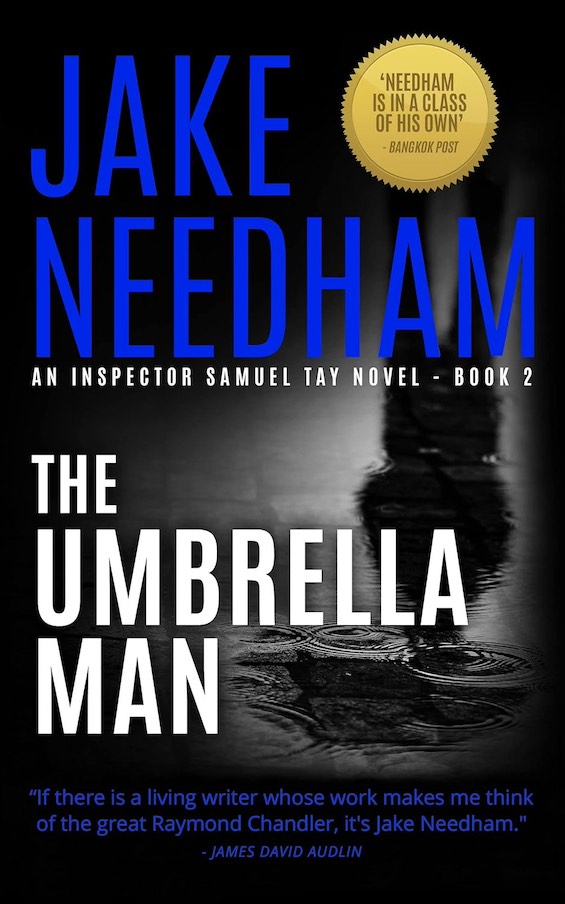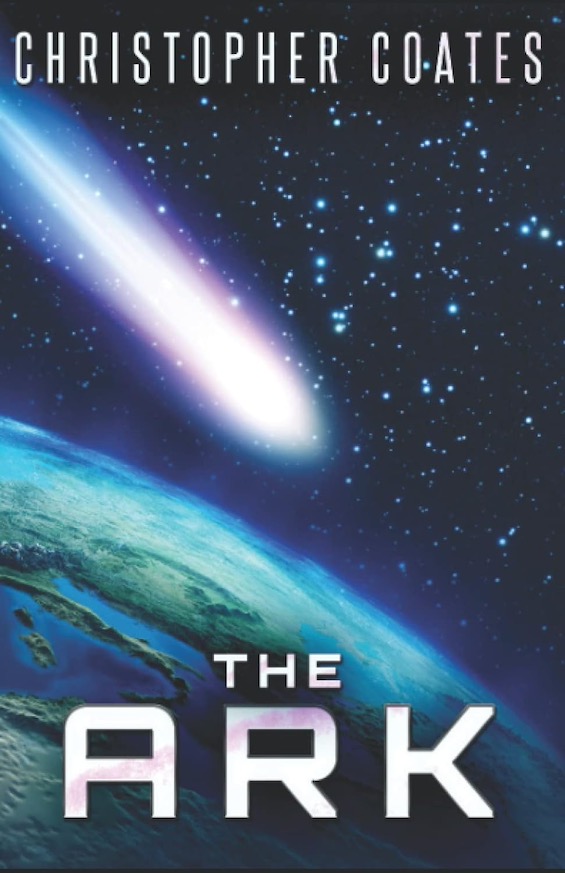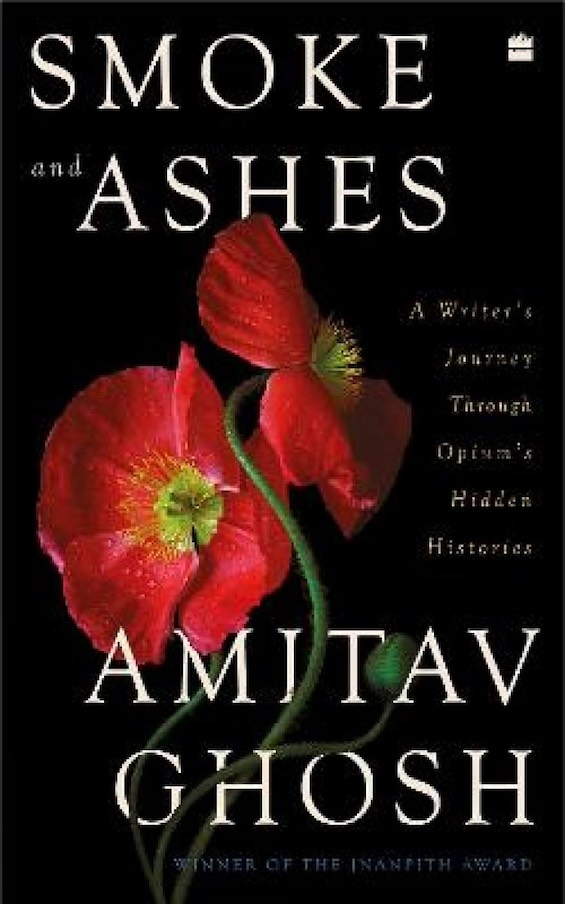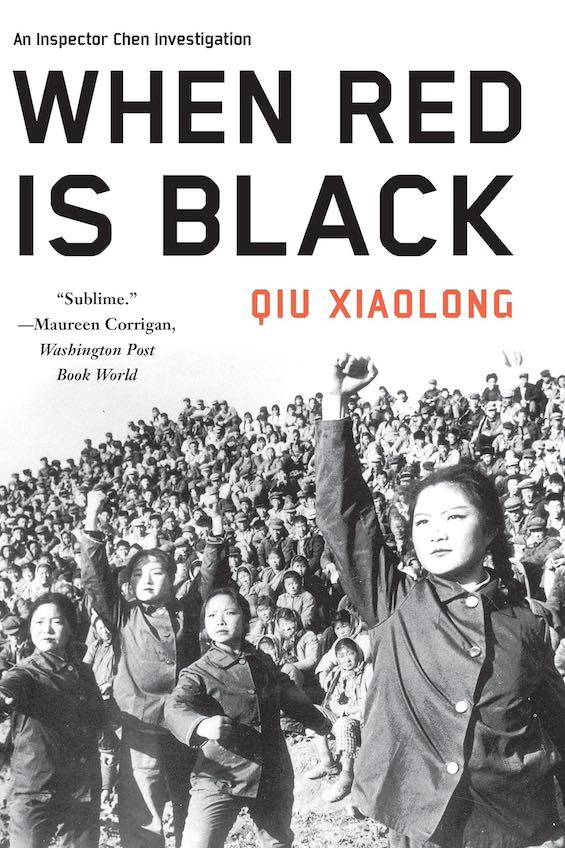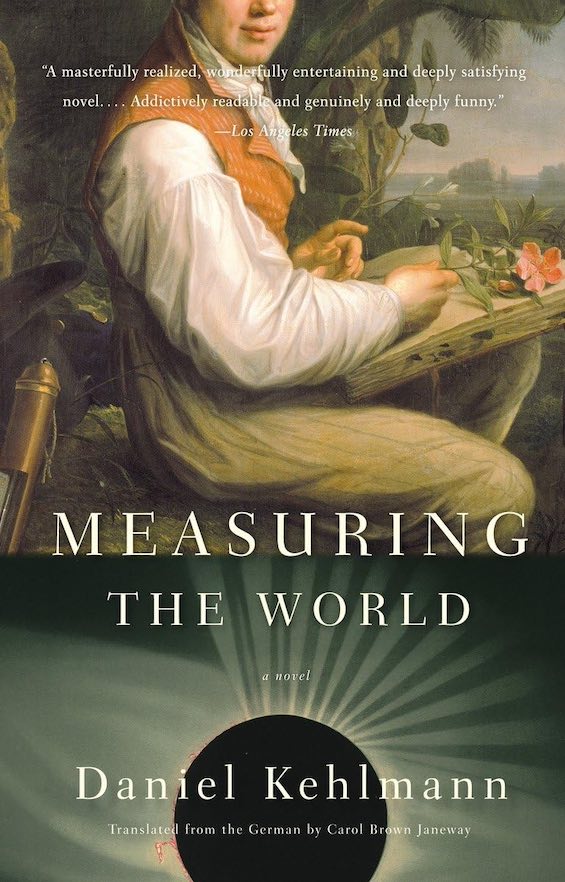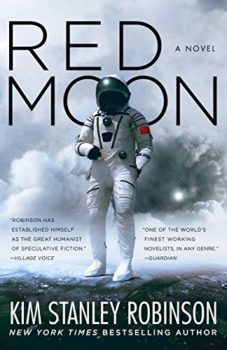
He’s a polymath: He knows a lot of stuff about a lot of things. For example, in his breakthrough work, the Mars Trilogy, Kim Stanley Robinson demonstrates an understanding of history, social psychology, political science, and other social science disciplines as well as a smattering of hard science fields. And now, in Kim Stanley Robinson’s new novel, Red Moon, he shows off a more than superficial grasp not just of quantum mechanics but also of Chinese language, history, philosophy, and culture. Yes, the word “red” in the title refers to Red China. In Robinson’s tale, China has become the dominant power on the moon in the mid-21st century.
Estimated reading time: 4 minutes
Revolution is the central theme
In Robinson’s telling, China and the US share superpower status in the world of 2046. Both countries are in a pre-revolutionary state, with millions of their citizens becoming increasingly restless. Democracy is breaking down in the United States, and a chaotic new leadership transition is underway in Beijing. Revolution is the central theme in Red Moon.
Red Moon by Kim Stanley Robinson (2018) 464 pages ★★★☆☆
In the US, millions of people are moving their money from the banks to a new cryptocurrency, which causes the banking system to fail. Their demands include “a universal basic income, guaranteed healthcare, free education, and the right to work, all supported by progressive taxation on both income and capital assets.”
In China, “the billion” internal migrants and urban poor are mobilizing to exert pressure on the leadership as it heads into its 25th Party Congress. They demand the restoration of the “iron ricebowl” (guaranteed job security, steady income, and benefits ), the rule of law, the elimination of the Great Firewall, and a semblance of democracy that allows grassroots pressure to make itself felt at the top.
Robinson demonstrates a sure grasp of political dynamics in his account of these revolutionary developments.
A story anchored in a small cast of characters
Robinson succeeds in painting on such a broad canvas by zeroing in on a handful of principal characters. The action swirls around just two of them: a Chinese “princessling” who is leading the country’s grassroots insurrection, and an American quantum mechanics technician whose life becomes entangled with her on the Moon. Other characters include a nameless analyst and the Artificial Intelligence he is programming, an aging man whose travelogues have made him a star in the Cloud, and a young American woman in the Secret Service who reports directly to the US President. Robinson is a skilled writer, and every one of these characters becomes believable in the telling.
Kim Stanley Robinson’s new novel is a flawed but engaging tale
The action in Red Moon shifts abruptly on too many occasions, as the two central characters flee, evade capture, are then recaptured . . . repeatedly. This becomes tiresome. Robinson might have made the point with a single repetition. And at times, especially in the thinking of the analyst and his AI, the text is difficult to decipher. The story is worth sticking with for the insight it offers into the revolutionary process. But it’s not always fun to read.
About the author
Kim Stanley Robinson has written a total of 19 novels and a slew of short stories to date. (You can find a complete list of his works here.) Robinson’s doctoral thesis, published in 1984, was The Novels of Philip K. Dick. But it’s difficult to see Dick’s influence on his work. Dick wrote about the ephemeral nature of reality and the search for identity; the characters in his novels frequently lost touch with reality, as Dick himself often did. Robinson’s novels are grounded in hard science and a deep understanding of the social sciences.
For related reading
For more good reading, check out:
- These novels won both Hugo and Nebula Awards
- The ultimate guide to the all-time best science fiction novels
- 10 top science fiction novels
- The top 10 dystopian novels
- Ten new science fiction authors worth reading now
And you can always find my most popular reviews, and the most recent ones, on the Home Page.

